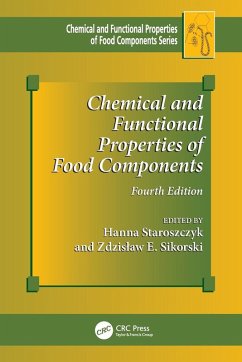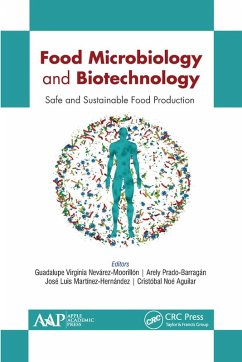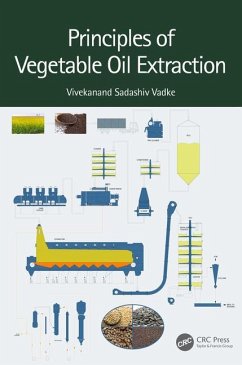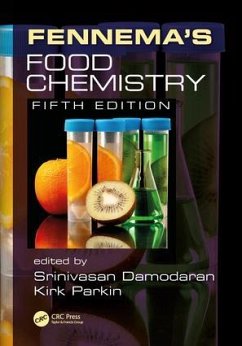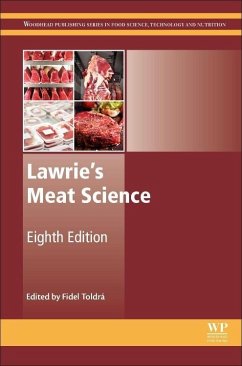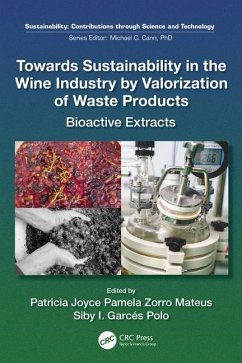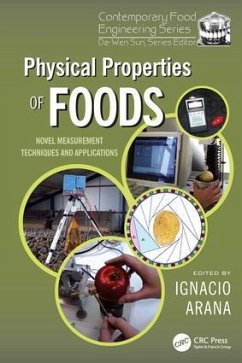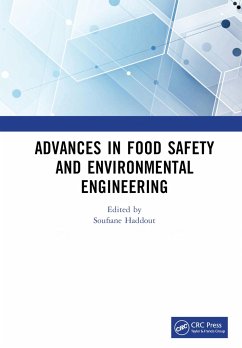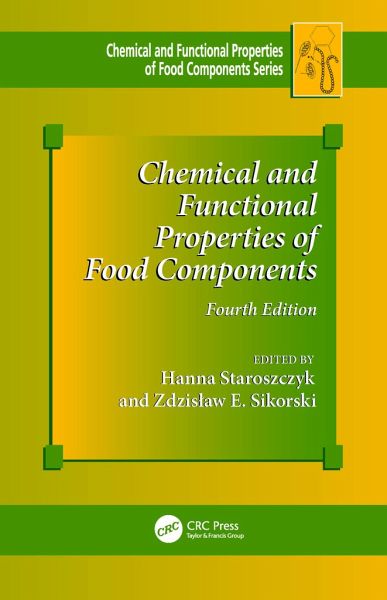
Gebundenes Buch
Chemical and Functional Properties of Food Components
Versandkostenfrei!
Versandfertig in 1-2 Wochen

PAYBACK Punkte
104 °P sammeln!




This book, like its predecessors, details the role of chemical compounds in the structure of raw materials and the formation of different attributes of food quality. New chapters cover nonprotein nitrogenous compounds, antioxidants and prooxidants, non-nutritive bioactive compounds, and methods for control of sensory and biological properties.
HANNA STAROSZCZYK earned her BS and MS at the Cracow University of Technology, her PhD at the Hugon Ko¿¿¿taj University of Agriculture in Cracow, and her D.Sc. at the Gdäsk University of Technology (GUT), Poland. Currently she is head of the Department of Chemistry, Technology and Biotechnology of Food in GUT. She also worked as researcher/postdoc/visiting professor at the Institute of Food Research, Norwich, UK, Academia Sinica, Tajpej, Taiwan, and University of Arkansas, Fayetteville. Her research is focused mainly on biopolymer chemistry. She is an author/co-author of original papers on the modification of proteins and polysaccharides, as well as editor of books on food chemistry. She is a member of the Polish Society of Food Technologists. ZDZIS¿AW E. SIKORSKI received the B.S., M.S, Ph.D., and D.Sc. from the Gdäsk University of Technology (GUT), Dr honoris causa from the Agricultural University in Szczecin and is a fellow of the International Academy of Food Science and Technology. He gained industrial experience in breweries, in fish, meat, and vegetable processing plants, and on a deep-sea fishing trawler. He was organizer, professor, and head of the Department of Food Chemistry and Technology in GUT, served as Dean of the Faculty of Chemistry, was chairman of the Committee of Food Technology and Chemistry of the Polish Academy of Sciences, chaired the scientific board of the Sea Fisheries Institute in Gdynia, and was an elected member of the Main Council of Science and Tertiary Education in Poland. He worked also as researcher/professor in Ohio State University; CSIRO in Hobart; DSIR in Auckland; and National Taiwan Ocean University in Keelung. Currently he is a honorary professor emeritus in the Faculty of Chemistry at GUT. His research concentrated on the technology of fish processing and changes in food proteins due to storage and handling. He published numerous papers containing the results of his investigations in the field of food chemistry and technology and is the author/editor of a number of books in English, Polish, Russian, and Spanish.
Produktdetails
- Chemical & Functional Properties of Food Components
- Verlag: Taylor & Francis Ltd
- 4 ed
- Seitenzahl: 562
- Erscheinungstermin: 22. Mai 2023
- Englisch
- Abmessung: 240mm x 161mm x 35mm
- Gewicht: 938g
- ISBN-13: 9781032199221
- ISBN-10: 1032199229
- Artikelnr.: 67399913
Herstellerkennzeichnung
Libri GmbH
Europaallee 1
36244 Bad Hersfeld
gpsr@libri.de
Für dieses Produkt wurde noch keine Bewertung abgegeben. Wir würden uns sehr freuen, wenn du die erste Bewertung schreibst!
Eine Bewertung schreiben
Eine Bewertung schreiben
Andere Kunden interessierten sich für


